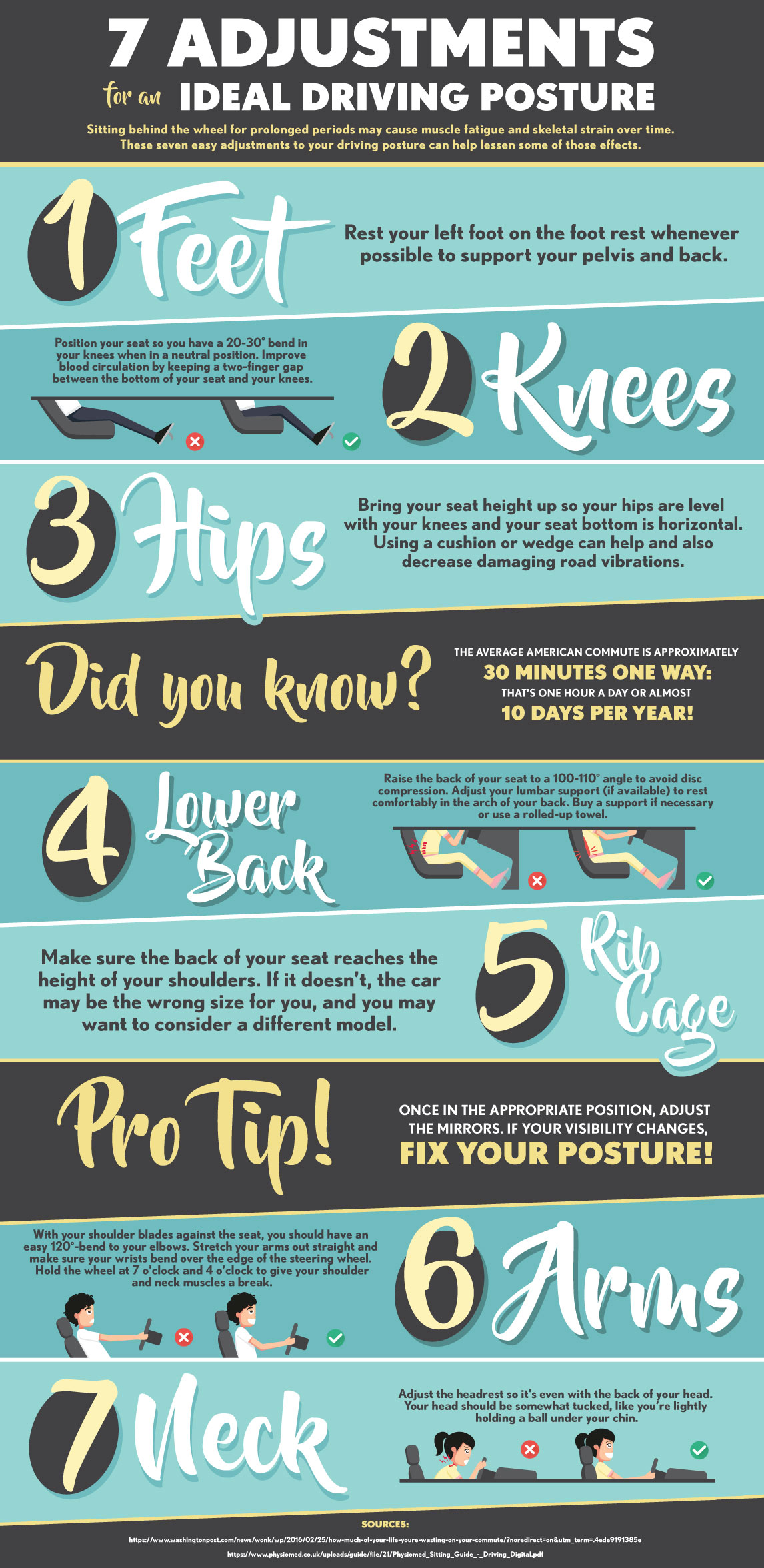The Relationship Between Posture And Back Pain: Techniques For Preserving Appropriate Alignment During The Day
The Relationship Between Posture And Back Pain: Techniques For Preserving Appropriate Alignment During The Day
Blog Article
Article Developed By-Kragh Fraser
Keeping appropriate posture isn't just about sitting up straight; it's about aligning your body in such a way that supports your spine and reduces the danger of pain in the back. The way you rest, stand, and move throughout the day can considerably affect your spine wellness. But how precisely can you guarantee excellent alignment continually, even during hectic days full of numerous tasks? Let's delve deeper into the subtle yet impactful modifications you can make to your everyday regimen to keep your back pleased and healthy.
Value of Correct Position
Proper pose is important in preserving a healthy back and preventing pain. When recommended you read rest or stand with great stance, your back is in alignment, lowering pressure on your muscles, tendons, and joints. This placement allows the body to disperse weight uniformly, stopping extreme tension on particular locations that can lead to discomfort and discomfort. By maintaining your spine properly straightened, you can additionally improve your breathing and food digestion, as slouching can compress organs and limit their functionality.
Additionally, preserving great posture can enhance your general appearance and positive self-image. When you stand tall with your shoulders back and head held high, you emanate self-confidence and show up more approachable. Excellent stance can also make you really feel more invigorated and sharp, as it advertises correct blood circulation and enables your muscular tissues to function efficiently.
Including appropriate posture right into your daily regimen, whether sitting at a workdesk, walking, or exercising, is necessary for preventing pain in the back and advertising overall health. Bear in mind, a tiny modification in how you hold yourself can make a substantial distinction in just how you feel and work throughout the day.
Common Postural Mistakes
When it comes to keeping great position, several people unconsciously make common blunders that can contribute to neck and back pain and discomfort. One of one of the most widespread mistakes is slumping over or hunching over while resting or standing. This setting puts too much stress on the spine and can lead to muscular tissue discrepancies and pain in the future.
An additional typical mistake is overarching the lower back, which can squash the natural contour of the spine and cause pain. Furthermore, crossing legs while sitting might feel comfy, yet it can produce an inequality in the hips and hips, bring about postural concerns.
Using a cushion that's as well soft or too strong while resting can additionally affect your alignment and contribute to neck and back pain. Lastly, continuously craning https://chiro-neck-adjustment17284.dsiblogger.com/65059836/reveal-the-keys-behind-neck-pain-and-how-understanding-cervical-spine-makeup-can-assist-you-find-alleviation to take a look at displays or adjusting your setting often can stress the neck and shoulders. Being mindful of these common postural blunders can assist you keep much better alignment and reduce the danger of back pain.
Tips for Correcting Placement
To enhance your placement and minimize pain in the back, it's essential to focus on making small modifications throughout your everyday regimen. Begin by being mindful of your position. When sitting, guarantee your feet are flat on the flooring, your back is straight, and your shoulders are kicked back. Stay clear of slouching or leaning to one side. Usage ergonomic chairs or cushions to sustain your reduced back.
When standing, distribute your weight equally on both feet, maintain your knees somewhat curved, and tuck in your hips. Involve your core muscular tissues to support your spinal column. Take breaks to stretch and walk if you have a sedentary job. Include exercises that reinforce your core and back muscles, such as slabs or bridges.
While sleeping, utilize a pillow that supports the natural curve of your neck to preserve proper spinal positioning. Stay clear of sleeping on your belly, as it can stress your neck and back. By bearing in mind these pointers and making small modifications, you can slowly fix your placement and reduce neck and back pain.
Conclusion
Remember, maintaining excellent stance is essential to avoid back pain and promoting back wellness. By bearing in mind your placement, dispersing weight uniformly, and engaging your core muscles, you can reduce strain on your back and lessen the threat of pain and injury. Integrate ergonomic support, take regular breaks to stretch, and enhance your core and back muscle mass to keep correct positioning throughout the day. Your back will certainly thank you for it!
